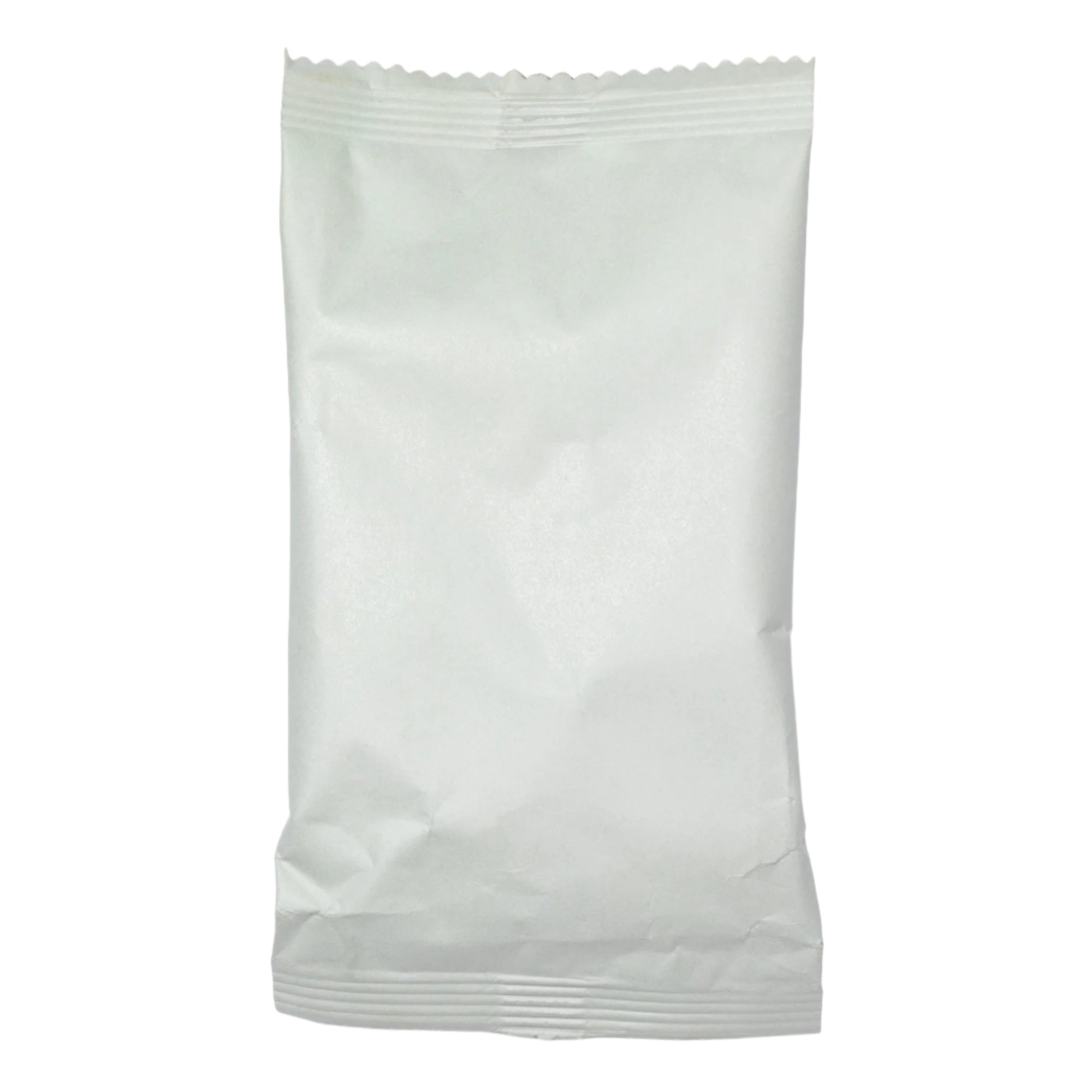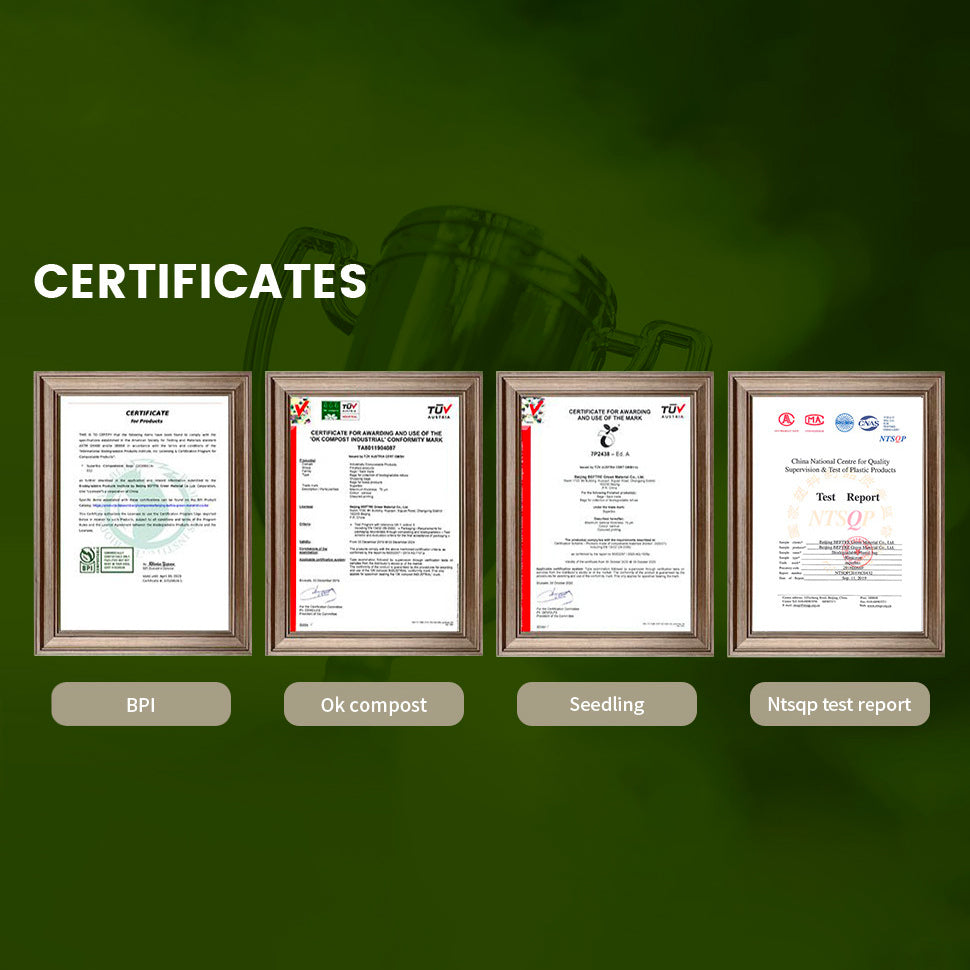Record-Breaking Rogue Wave Defies Ocean Logic
Rogue waves are not just legends whispered between sailors. They’re real, they’re dangerous, and we’re only beginning to understand how they happen.
Defined as waves at least twice the height of the surrounding sea state, these towering giants form suddenly and vanish just as quickly. They don’t follow the rules of normal ocean behavior. They arrive unannounced, from unexpected directions, with the power to smash ships and cripple oil platforms.
For centuries, reports of these so-called “freak waves” were dismissed as exaggerations. That changed on New Year’s Day in 1995, when a monstrous wall of water slammed into the Draupner oil platform in the North Sea. This wave was recorded at 85 feet—double the height of surrounding waves. It wasn’t caught on camera, but sensors confirmed what seafarers had always feared: rogue waves exist, and they’re nothing like ordinary swells, Surfer reports.

Rogue waves form when smaller waves merge into one massive crest.
The Draupner and the Ucluelet Waves
The Draupner wave holds the record for size, but a more recent discovery may be even more shocking. Off the coast of Ucluelet, British Columbia, in 2020, a buoy registered a rogue wave that wasn’t the tallest—but it was the most extreme in proportion.
While the Draupner wave was roughly twice as high as the sea state around it, the Ucluelet wave was nearly three times taller than its neighbors. That makes it the most extreme rogue wave ever recorded, according to researchers from the University of Victoria.
The Ucluelet event lifted a solitary buoy 58 feet into the air. Scientists estimate an event of that intensity happens once every 1,300 years. Without that buoy in the right place at the right time, the wave might’ve gone completely undetected.

A rogue wave is at least twice the height of surrounding waves.
How Rogue Waves Form
Rogue waves arise from chaos. They can form when smaller waves converge in just the right way—through a process known as constructive interference. Wind plays a critical role, especially when it acts on young, energetic waves. These early-stage waves absorb energy quickly, sometimes amplifying a single wave dramatically while draining others around it, Earth.com explains.
Some scientists believe nonlinear effects also drive rogue wave formation. Unlike normal waves that behave predictably, rogue waves interact with each other in complex ways, shifting and sharpening until one gains enough power to erupt from the sea like a liquid skyscraper. The peak becomes sharper. The trough deepens. As Live Science reports, it’s a runaway effect known as modulational instability, and it’s helped researchers understand how a single rogue wave can draw strength from dozens of others around it.

Rogue waves appear suddenly, often in calm seas.
The Threat to Ships and Structures
Rogue waves have long been implicated in maritime disasters. Some of the ships that vanished without explanation in the 1970s are now suspected to have been taken down by rogue waves, ESA reports. Massive vessels, including supertankers and cruise liners, have encountered them. In 2001, rogue waves shattered the bridge windows of the Bremen and Caledonian Star in the South Atlantic. Even offshore platforms, supposedly designed for the harshest conditions, have been rocked by these giants.
ESA’s satellites, originally intended for weather and ocean studies, revealed hundreds of rogue wave encounters in the North Sea. Their radar data helped launch a broader European initiative called MaxWave, which sought to understand where and how these monsters form—and to reevaluate shipbuilding standards.
Climate Change and Future Risks
Unfortunately, the worst may be ahead. Studies show that rising ocean temperatures and intensifying storms are already increasing wave heights in regions like the North Pacific. This means rogue waves may not only become more extreme—they may become more common, ScienceAlert warns.
With buoys now deployed by MarineLabs across North America, and data from past events, scientists are working on predictive tools. By analyzing crest-trough correlation, wave group behavior, and wind patterns, they hope to one day issue rogue wave forecasts much like weather alerts. But for now, these giants remain unpredictable.
They rise from nowhere. They leave no time to prepare. And when they strike, even the most seaworthy vessels can be caught completely off guard.





























































































































































































































































































































































